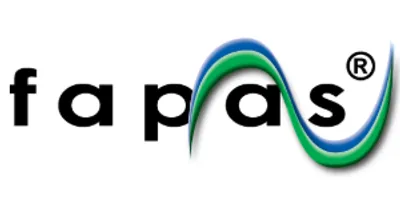I subscribe to various newsletters that are delivered to me electronically. The ones I open arrive on a weekly or monthly basis. When I find that my subscribership is being abused with three or four emails per week, I usually delete the messages for a period of time—until I reach the point that I'm irritated enough to unsubscribe altogether.
With the constant attention we give to maintaining a safe work environment—such as safety training, meetings, signage, email updates or links to articles—you have to wonder when employees begin to tune out safety information in a similar gradual pattern.
On the one hand, you definitely want to make sure your staff is up to date on all the proper safety procedures, and yet you don't want to burden them with so many details that you lose their attention. That's the fine line that needs to be walked. Too much information can sometimes be as dangerous as a lack of information when it comes to safety.
Roger Pollari, while working for the Department of Energy’s Pacific Northwest National Laboratory in Richland, Washington, encountered this exact problem and devised a three pronged, proactive strategy to help make the steady stream of information more bearable:
1. Sing the right lyrics to the choir – The idea here is that the right information has to reach the right people. If you want to avoid creating a circumstance where too much information scavenges the pertinent information, then make sure the safety emphasis is applicable to the audience.
2. Keep your e-mail clean – Roger says the most important thing to keep in mind is “preserving your readers' precious time.” This means that your safety e-mails should clearly state why they’re being sent, along with an easy path for readers to navigate so they can easily find the information that applies to them.
3. Brave face-to-face communication – If you detect complaints about too many safety e-mails, or if you're having a safety meeting and hear grumblings about how this isn't applicable to their jobs, take advantage of the opportunity to remind people that they can never relax when it comes to safety. If you're not reminding them and they're tired of hearing about safety, there's a good chance they're not listening as intently as they should.
Read the Full Article – Are Your Employees Sick of Hearing About Safety?
I subscribe to various newsletters that are delivered to me electronically. The ones I open arrive on a weekly or monthly basis. When I find that my subscribership is being abused with three or four emails per week, I usually delete the messages for a period of time—until I reach the point that I'm irritated enough to unsubscribe altogether.
To continue reading this article, sign up for FREE to

Membership is FREE and provides you with instant access to eNewsletters, digital publications, article archives, and more.











